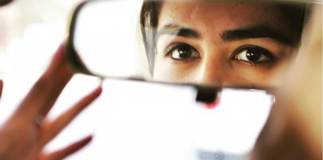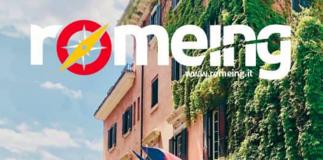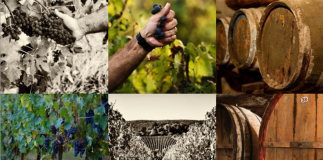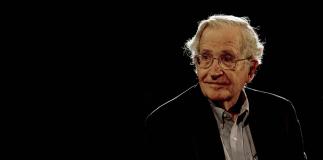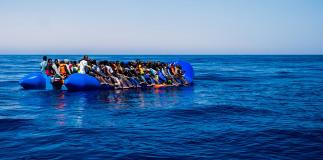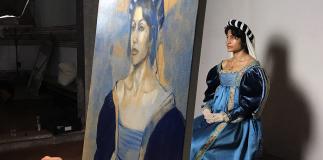Search
-
About us
- We are AUR
- What's on
-
Information
- AUR's President, Scott Sprenger
- Board of Trustees
- Honorary Degree recipients
- AUR Staff Directory
- AUR's Accreditation & recognition in the United States & Italy
- AUR Memberships & Partnerships
- Institutional Assessment
- Student Consumer Information
- University Policies and Guidelines
- Employment opportunities
-
Academics
-
Undergraduate Programs
- Archaeology & Classics
- Art History
- Business Administration
- Communication & Digital Media
- English Writing, Literature and Publishing
- Film
- Fine Arts
- Interdisciplinary Studies
- International Relations and Global Politics
- Travel and Tourism Management
- Associate of Applied Arts in International Business
- Associate of Arts in Liberal Studies
- Undergraduate Minors
- Undergraduate Prospectus
- Guida ai programmi per gli studenti universitari
-
Graduate programs
-
Study Abroad & Visiting programs
- Academic Services
-
Undergraduate Programs
- Admissions
- Careers & Internships
-
Student Life

